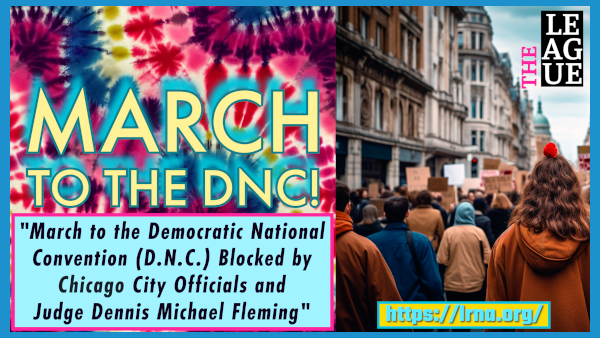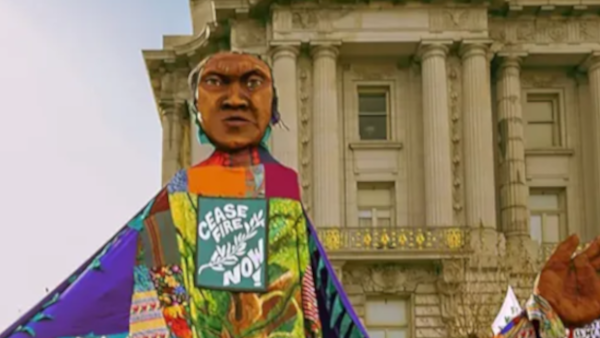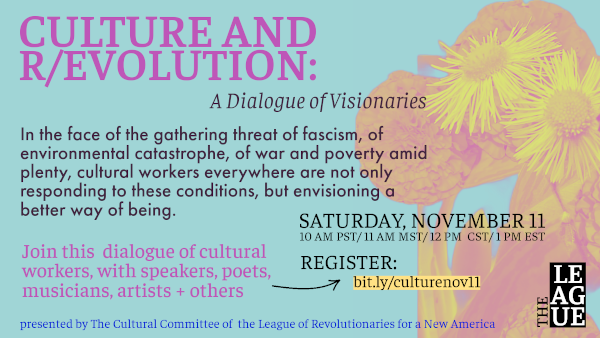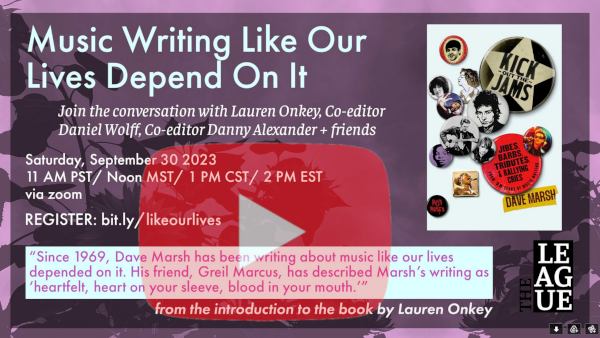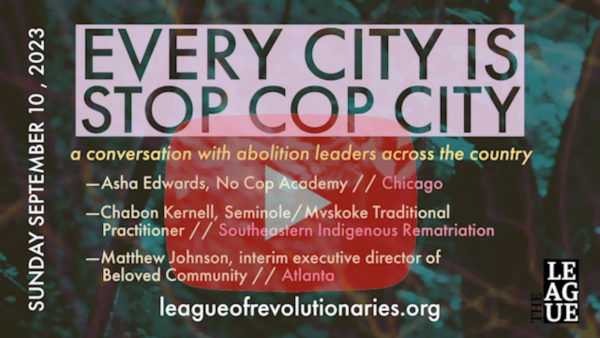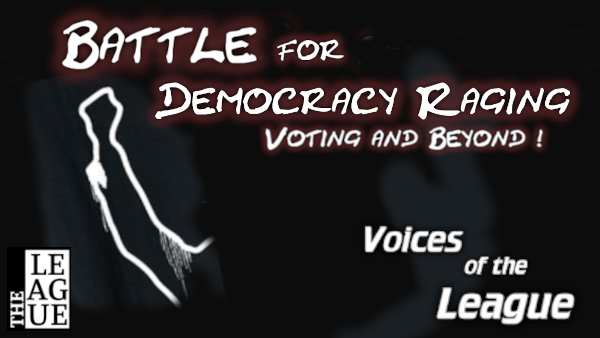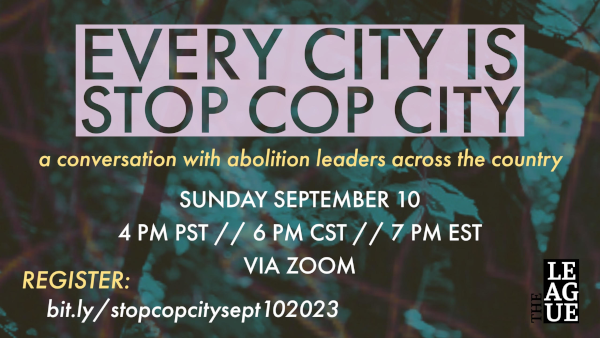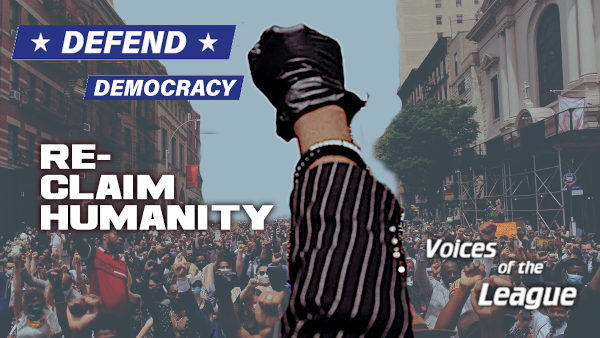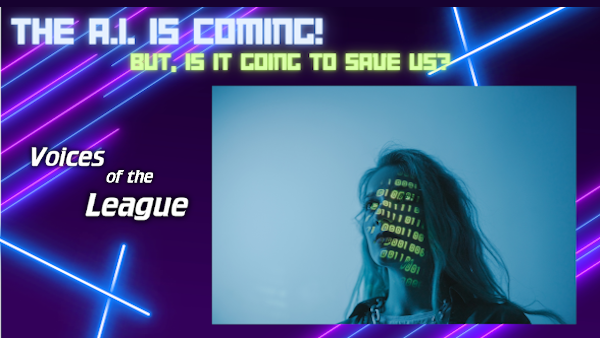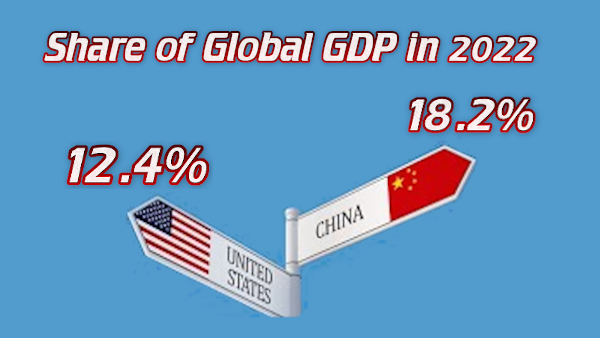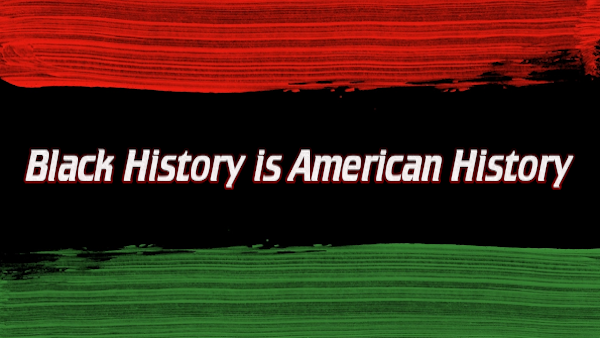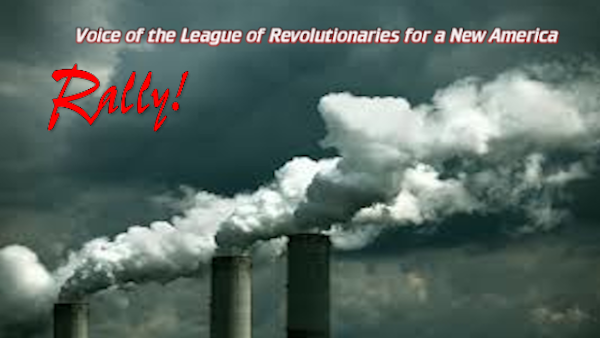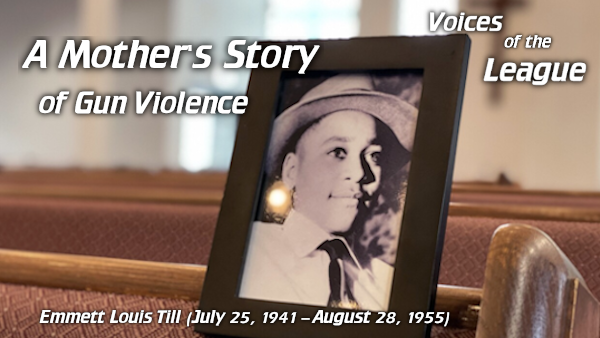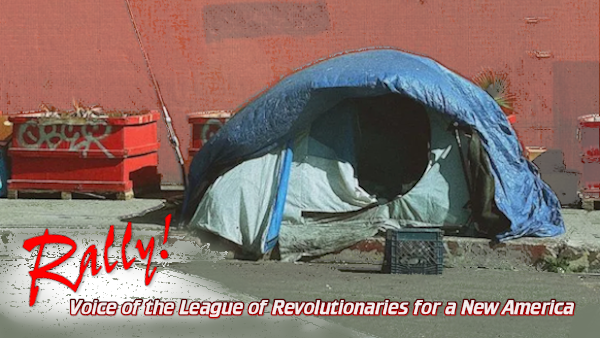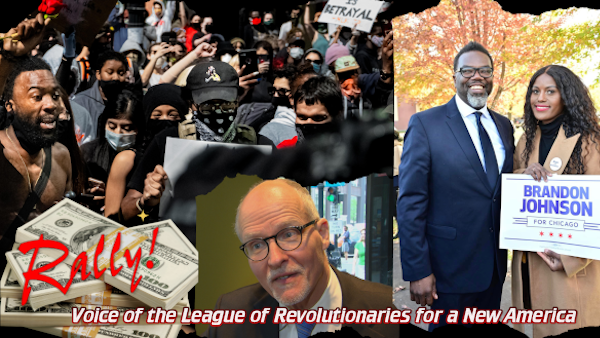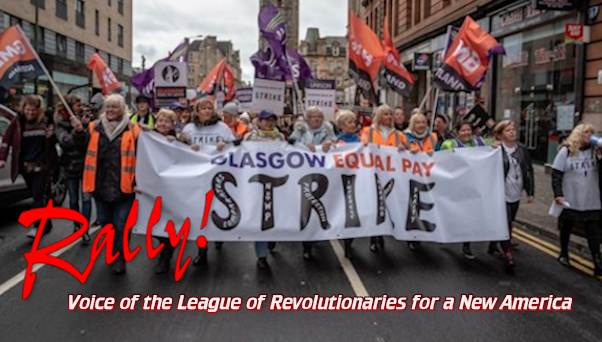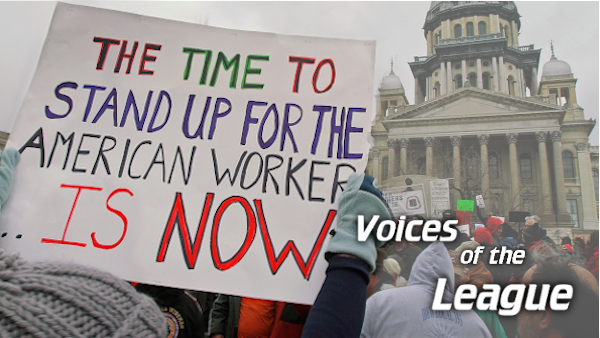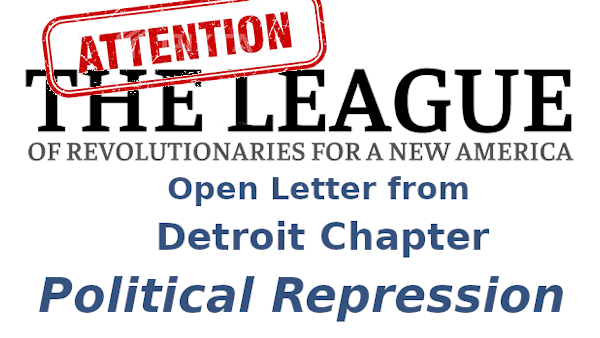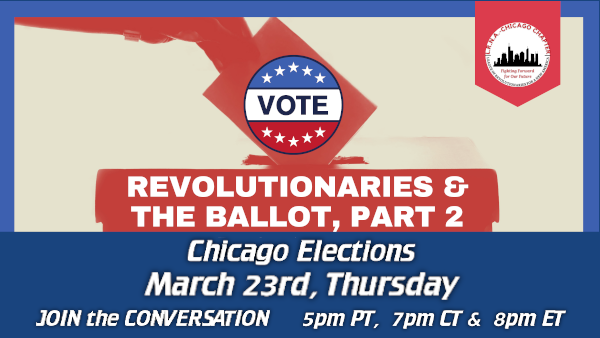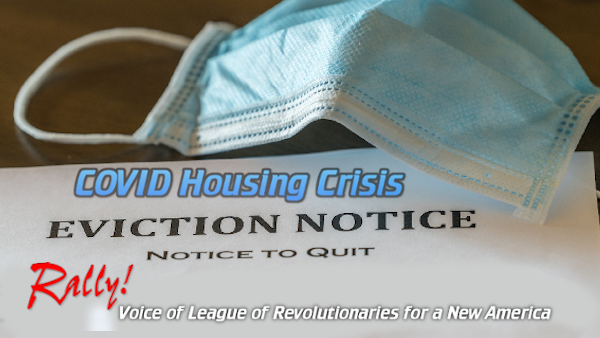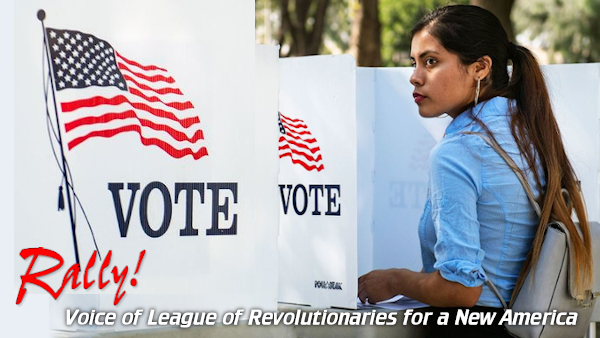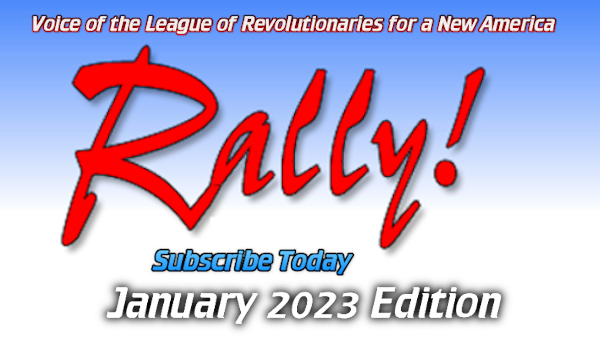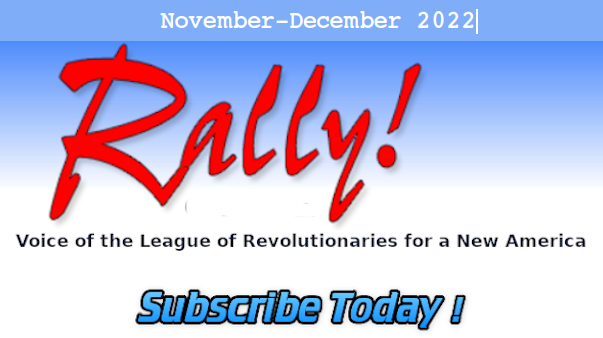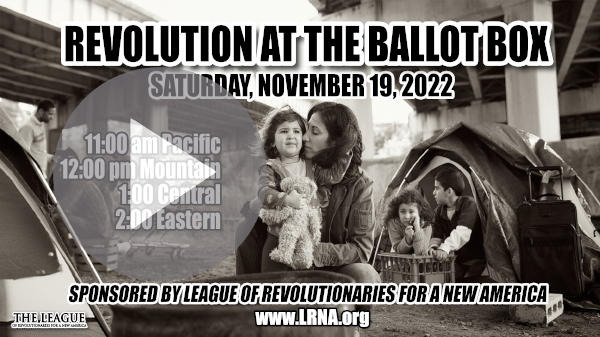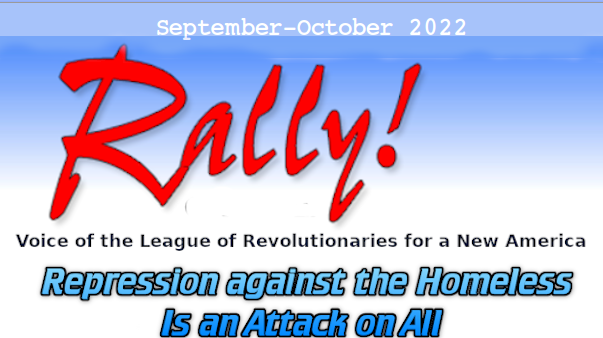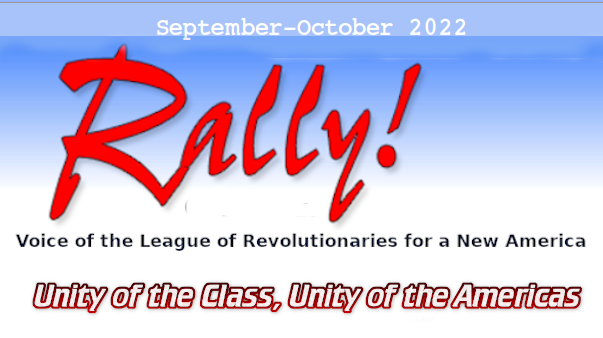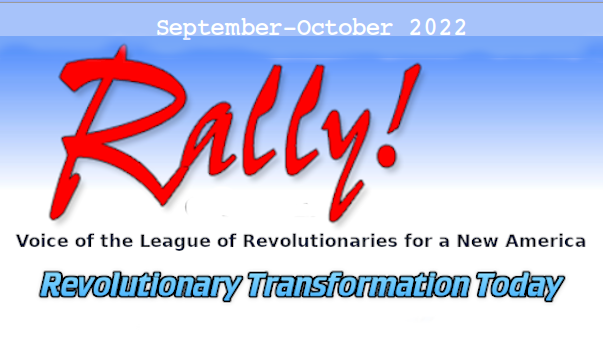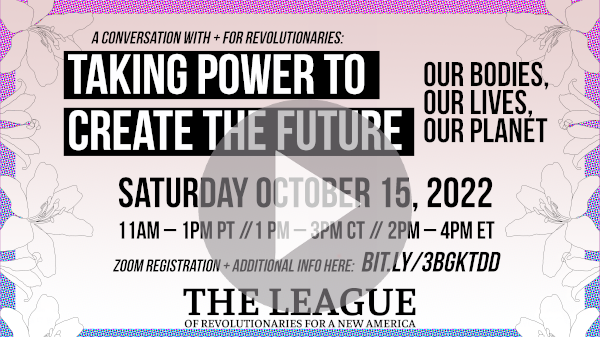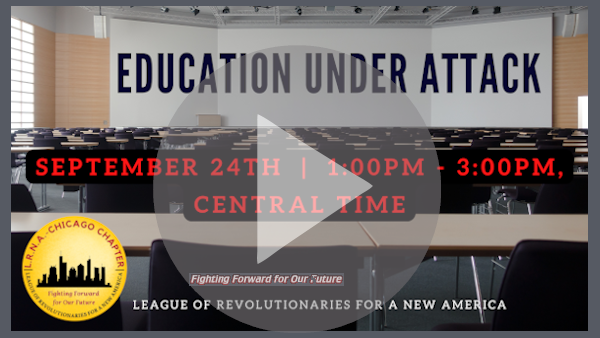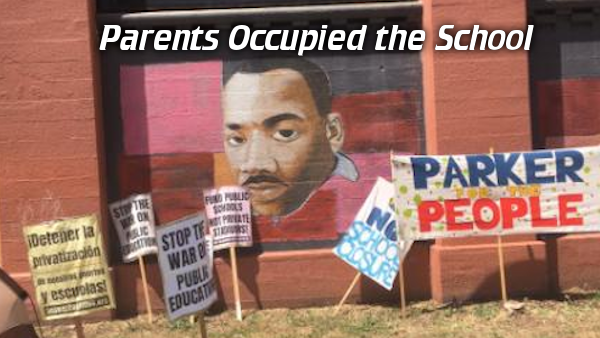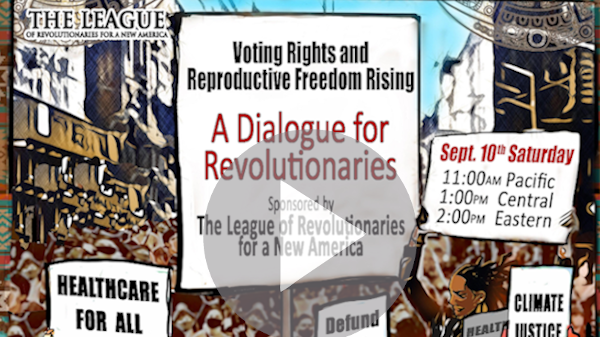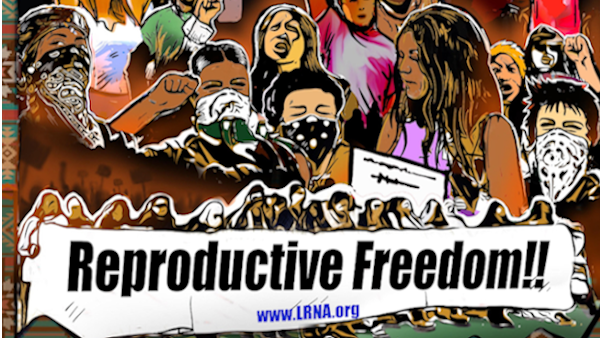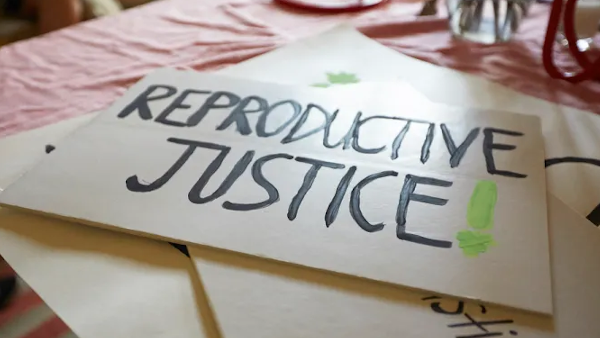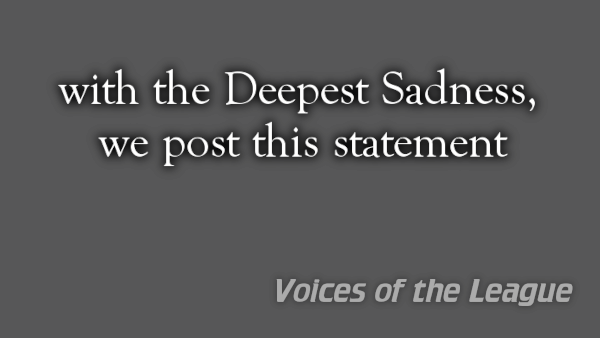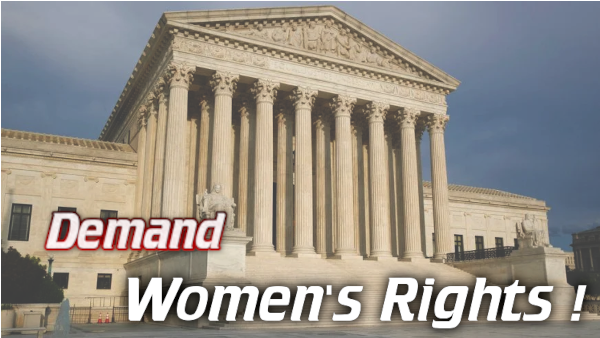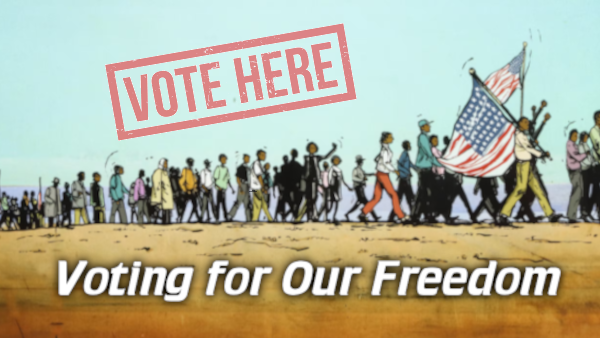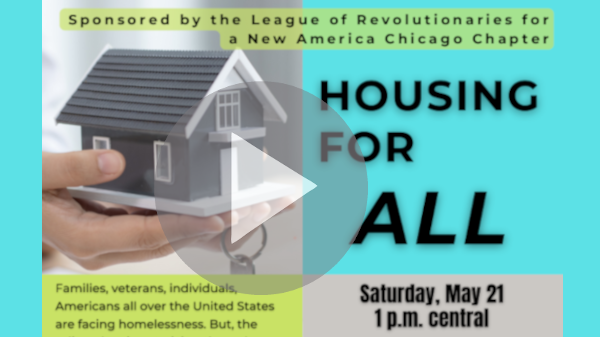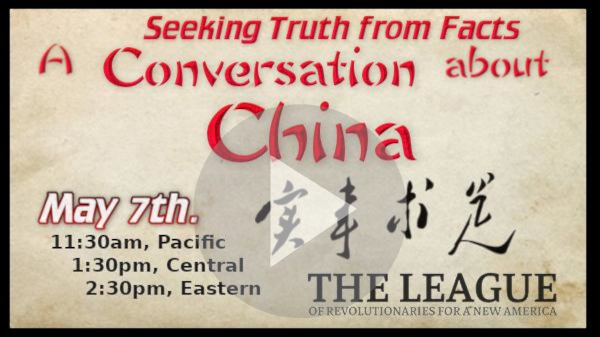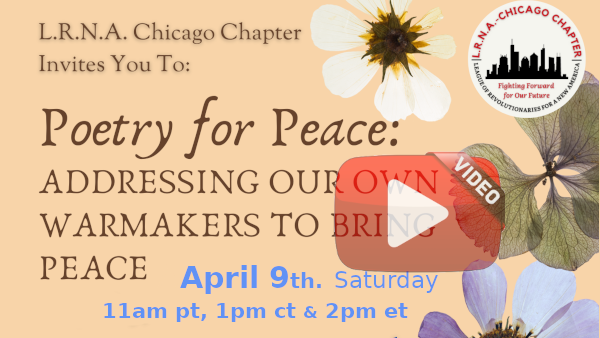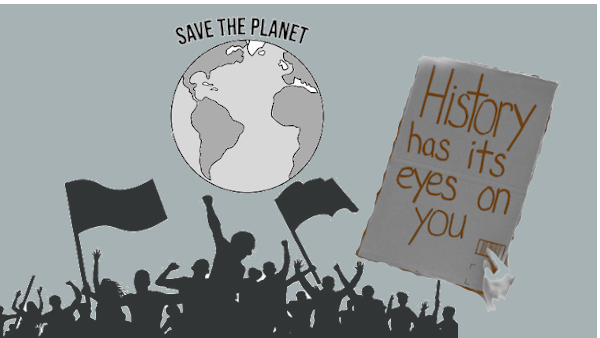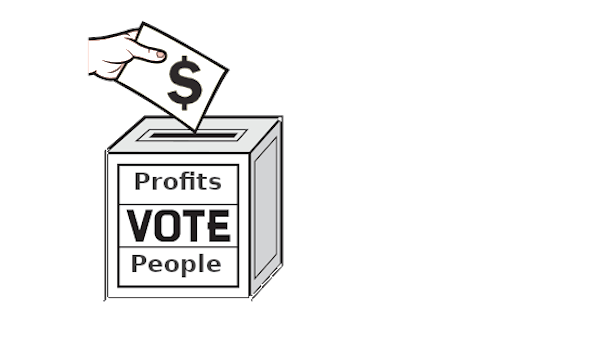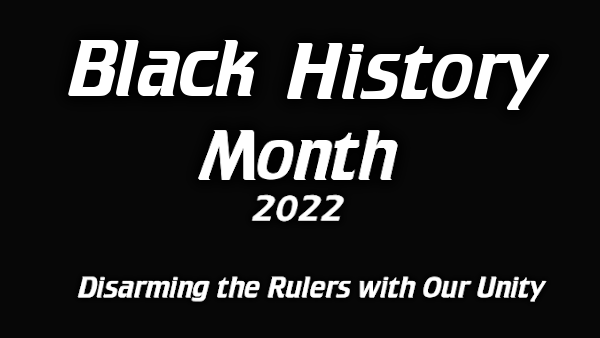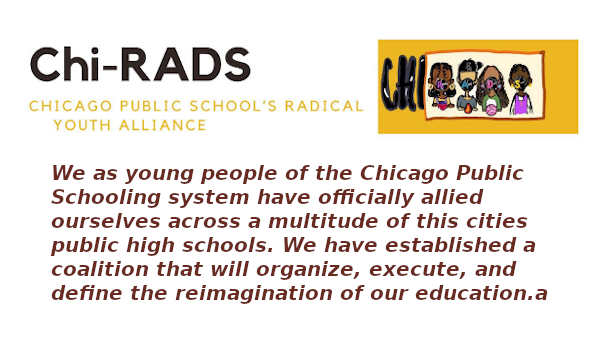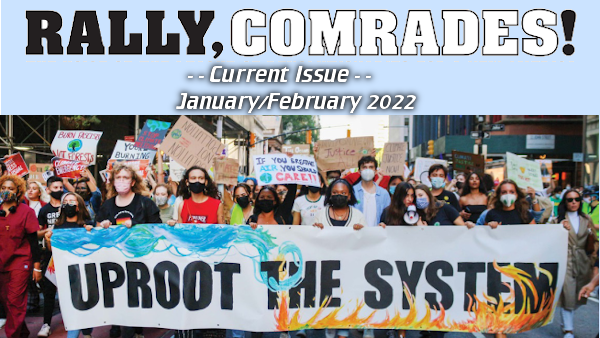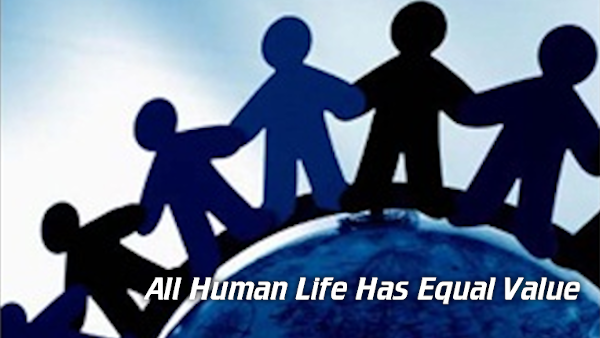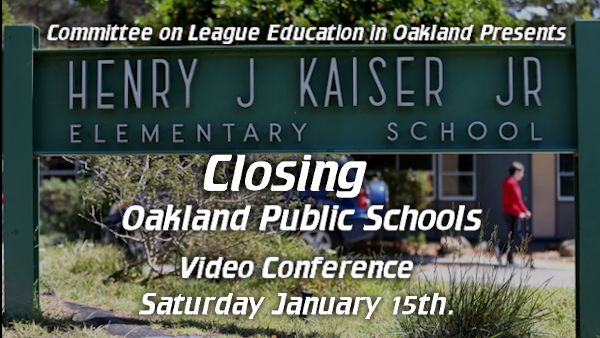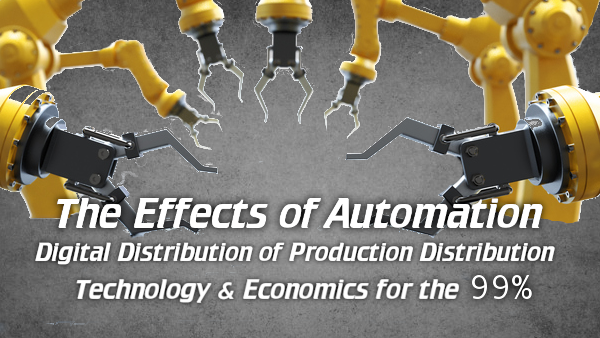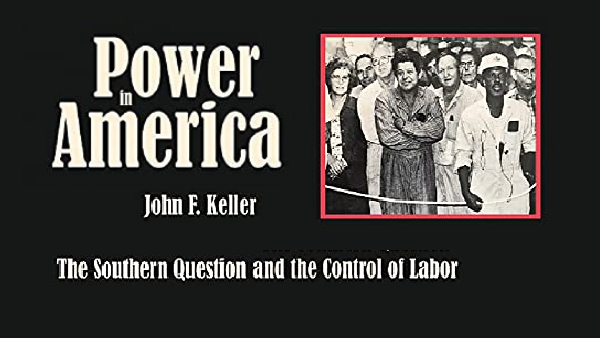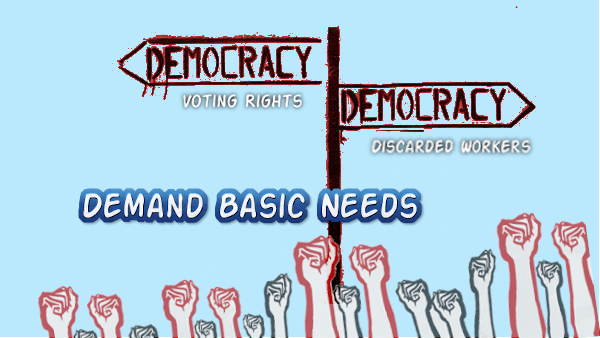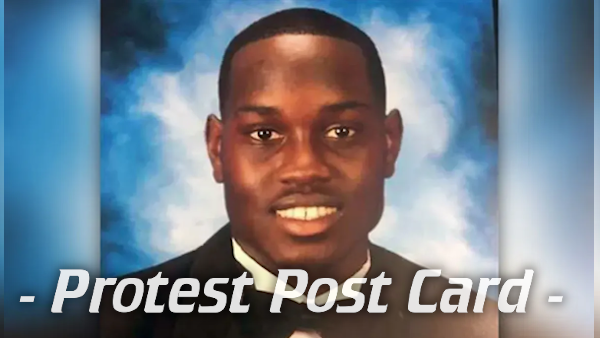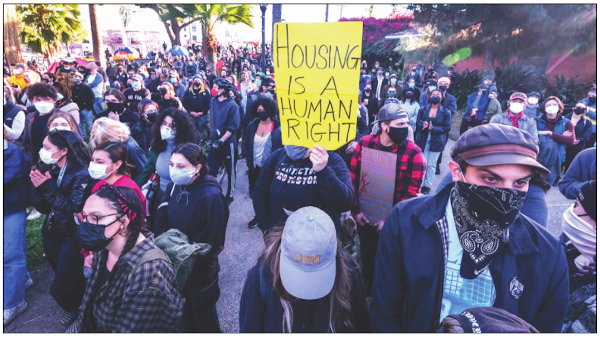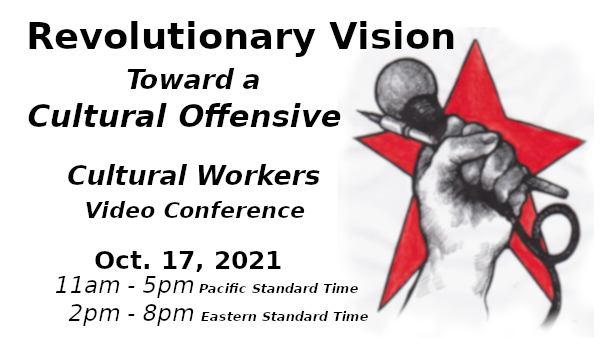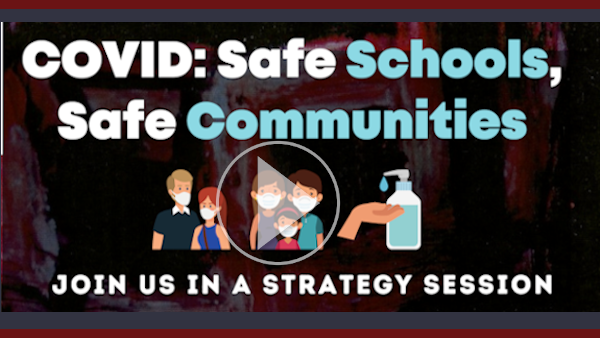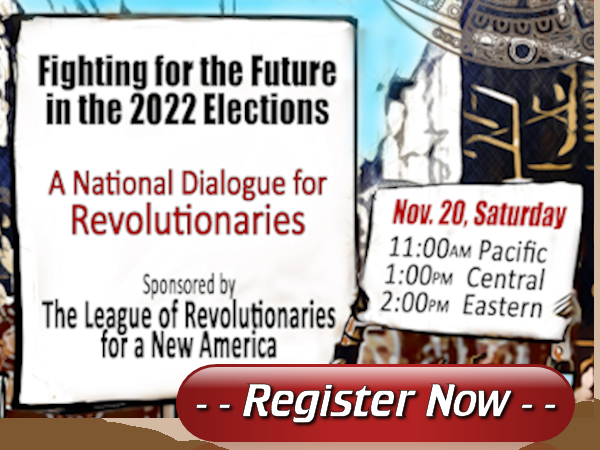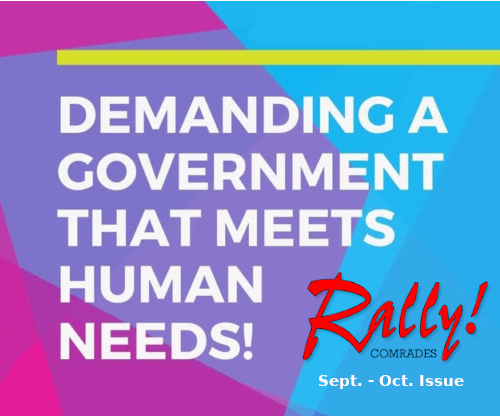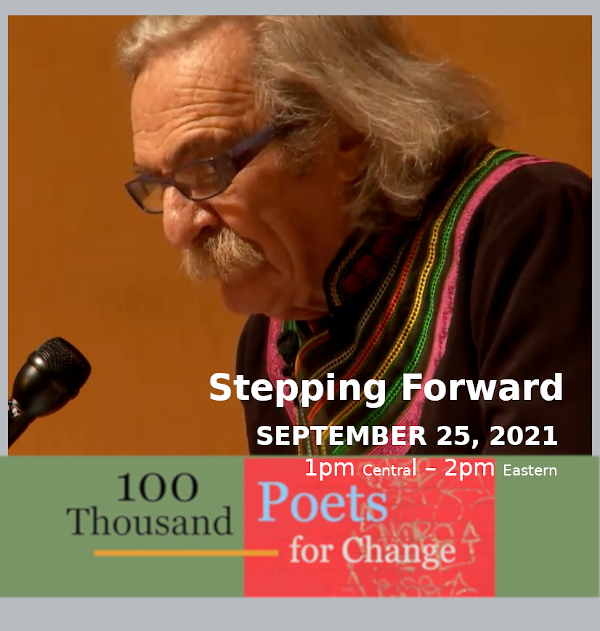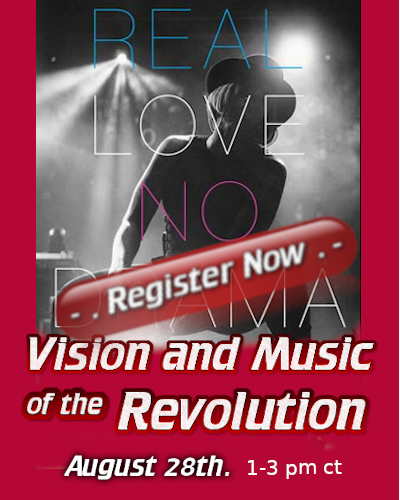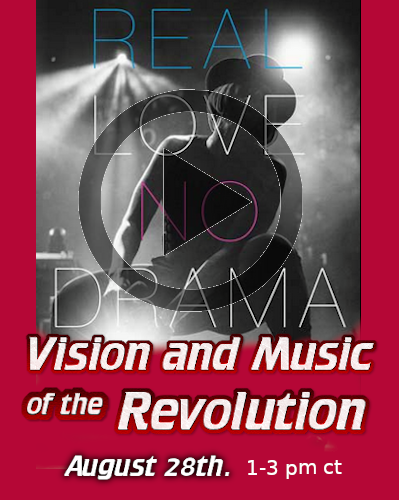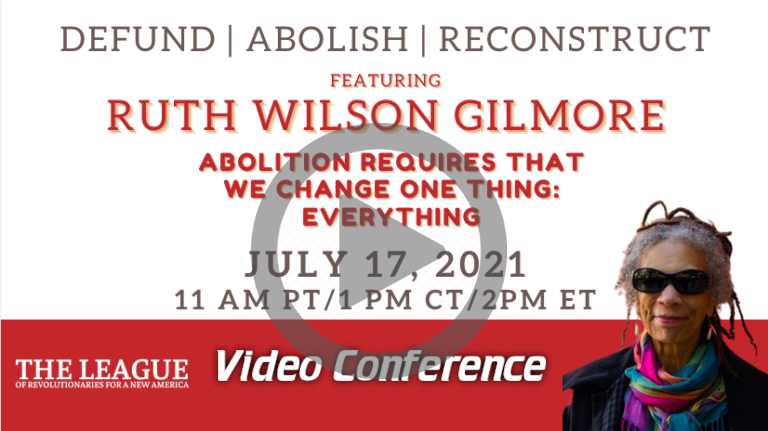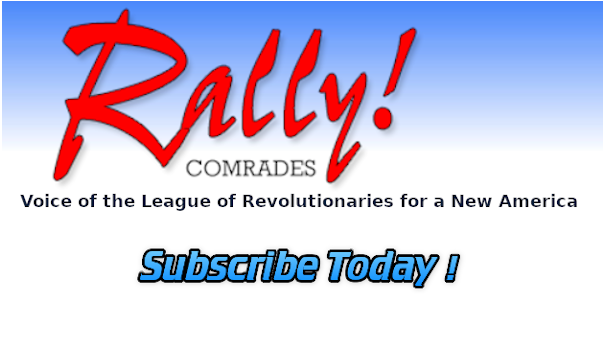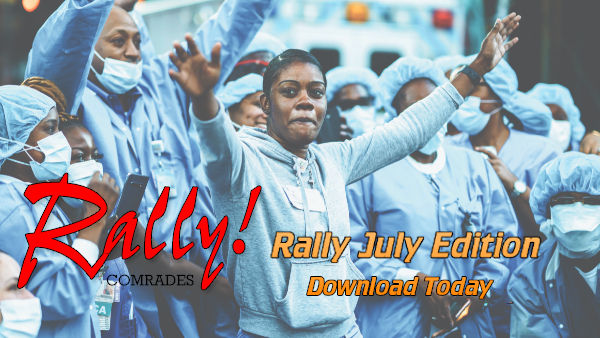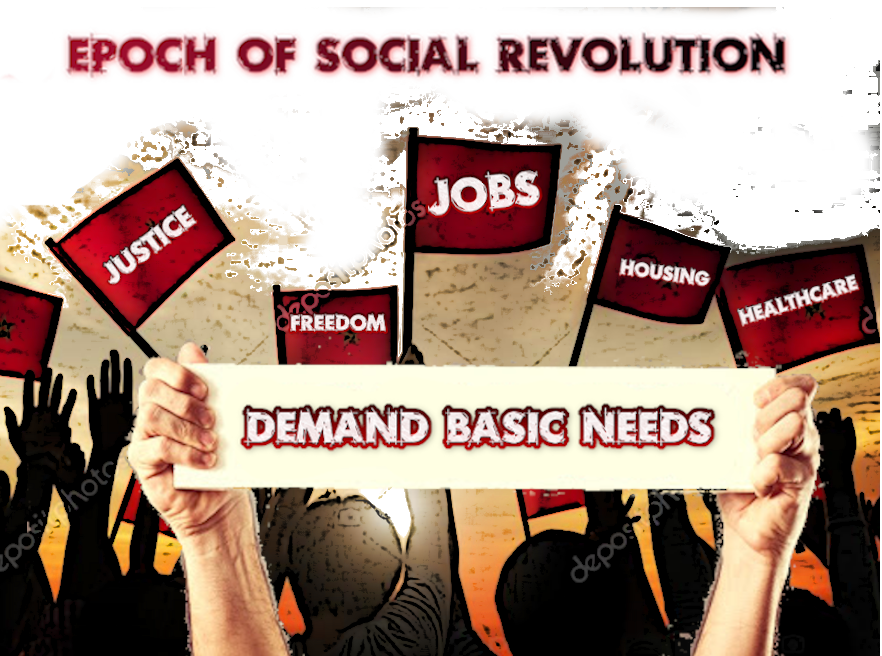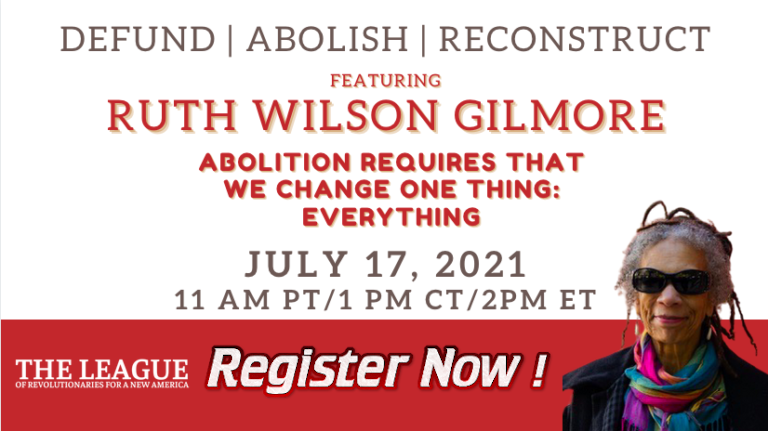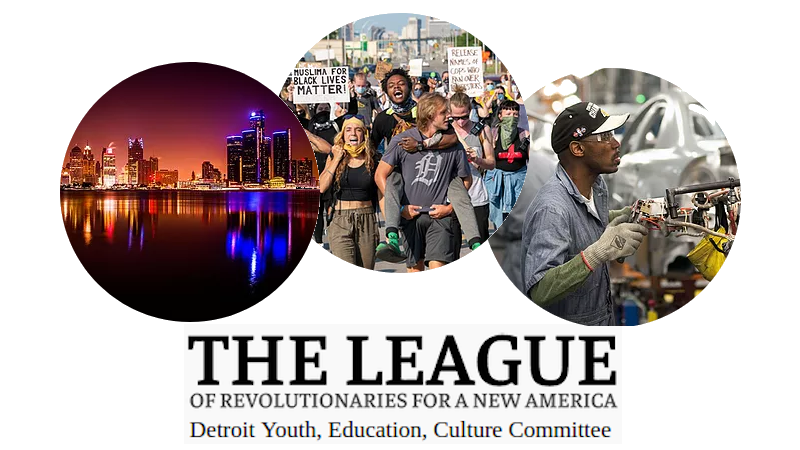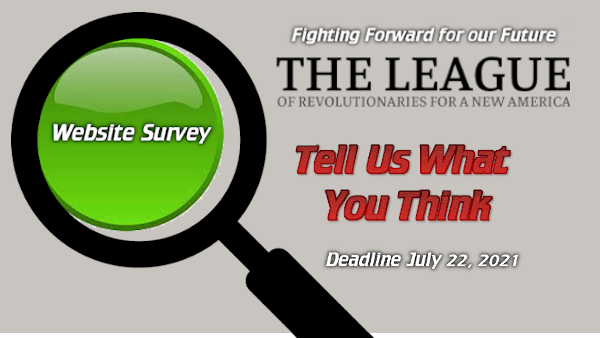The Turning Point for Social Movements
The Turning Point for Social Movements
by Peter Brown
“Many are starting to ask themselves, ‘What will it take for the people in power to wake up?’ But let’s be clear: They are already awake. They know exactly what they are doing. …. The leaders are not doing nothing; they are actively creating loopholes and shaping frameworks to benefit themselves and to continue profiting from this destructive system.”
Greta Thunberg at COP Glasgow, 2021
The global climate movement is at a turning point. So is the movement against police murders and the prison-industrial complex, so also is the movement for clean water for all, so is the movement for public education, and so is the movement for a public health care system. They’re all at the same turning point.
After years of intensive action and sacrifice – holding government and corporations accountable, massive demonstrations, strikes, civil disobedience, and information campaigns to educate or awaken legislators and CEOs – it’s now clear that those, by themselves, are no longer having the needed effect.
Greater forces are at work; activists are becoming aware that the fight to save ourselves is not a debate, but a struggle for the power to enact what is needed. Some are losing hope, having exhausted every avenue they’ve been taught should work; we are in a tough spot, and in great danger, but there is much reason for hope. Real hope depends on a relentlessly accurate assessment of the complete situation and a strategy based on that assessment.
It is now upon society to organize to dispossess the corporations, make their assets public, and declare private ownership of natural and social resources illegal. It’s time to discuss how to end the global corporate-market-commodity economy and create an economy based on the true value of things and processes – use-value and natural value. Historically, this kind of revolutionary change has been initiated by social movements, and the task is at hand.
There is no other way. Slavery was ended, not by convincing slaveholders of the error of their ways, but by a new government that dispossessed slaveowners and declared ownership of human beings illegal. That government began as a movement.
Every crisis – from police killings to toxic water, to growing homelessness and displacement, to climate catastrophe – is driven and funded by corporate power and market imperatives, and every attempt to solve these dire problems is blocked by corporate power – either directly, or more often by the government and state acting on behalf of corporations.
Every movement to address these problems is confronting the reality that the politicians, CEOs, and organizations touted as leaders, are not just going too slowly; they are consciously moving in the opposite direction – acting against all of the needs of people and planet. Whether they do so brazenly or fog the air with populist language, hand wringing, and illusions of “diversity, equity, inclusion” while pursuing business as usual, their actions reveal their intentions. Like Michael Jackson moonwalking, they offer the appearance of moving forward while going backward.
And, not only are they disregarding what they know to be the will of the people, the leaders of both parties are actively turning America into a corporate dictatorship, suppressing not only voting and protest but democratically elected institutions, as local governments are coerced to do the bidding of giant investment groups. Fascism is not only an ideology of hatred; it’s also a business deal – an aggressive campaign to privatize everything under corporate control.
In addition to the powerful street heat and electoral campaigns already in motion, in addition to the valiant fighters working within the Democratic Party to hold it accountable to the people, it’s essential for movements to begin discussing how they will unite and organize to become the government. With every step, activists realize more and more that these are not separate movements trying to unite – it is a single movement whose elements have been artificially separated. Every section of this movement is up against the corporate power, its power over the state apparatus, and private ownership of social and natural resources itself. A movement prepares itself to govern by stating its goals as a platform. It organizes on that platform to use the electoral system, combined with street heat, door-to-door community listening, and organizing, and community councils, to achieve political power.
That is to say, it forms a political party whose goals and strategy are its platform. It may not look like any party we’ve ever seen, but we need a party that expresses and fights for the platform of every change humanity needs, to survive and live in the community. This is not a time for compromise; we cannot fight fascism from the middle. Win or lose, we have to fight for the entire planet.
The work of those, such as progressives within the Democratic Party, who are fighting tooth and claw inside of the system’s machinery, is an intrinsic part of how we break free. The Abolitionist Movement against slavery was working within the Whig Party until 1854, fighting to get it to take an anti-slavery stand. When they realized the Whigs would never become anti-slavery, they abandoned the Whigs and formed the Republican Party as an abolitionist party. By 1860, in just six years, they controlled the House, the Senate, and the Presidency, and soon after the election, they took the Supreme Court.
To make this possible, it must first enter the stream of conversation among serious people. A process this complex, against an intransigent opponent, requires strategic consideration and study.
Taking over the property of a class and declaring it to be neither private nor property, is the process of political revolution.
To many, this is simply impossible – or at least far in the future; “it is easier to imagine an end to the world than an end to capitalism”. It will be argued the project is utopian, that there is no workable alternative to capitalism, that such a project is too huge, that human nature makes it impossible. Others will argue that revolution is violent.
None of these are true. If we believe them to be true, it’s because billions of dollars and decades of psychological warfare have been expended to make sure we believe there’s no way out. Both capitalism and private property had beginnings, and have an end. The all-encompassing nature of today’s crisis shows we are at that end. We already have violence, horrible and pervasive. Capitalism is violent. Deprivation is violence. We need change.
Many youths express deep despair, seeing no livable future for themselves or their children if revolution is impossible, but revolution is neither impossible nor optional, nor is it far off in the future. We are in a revolutionary process here and now, and our survival depends on taking the world away from the billionaire tyrants.
On what basis do we say we are in a revolution?
Revolution, as a historical process, is far more than the act of taking political power. A revolutionary process begins when technology – specifically the technology of how we produce the necessaries of life – changes so much it conflicts with the social structure of distributing those necessaries. That’s why people make systemic change because the old system – beset with new realities beyond its capacity – shreds the social fabric in its death throes.
That is precisely what we are experiencing today. The introduction of the microchip into industry in the early 1970s began a technological revolution that has undercut the foundations, not only of capitalism but of private property itself. The process of revolution (technological-> economic-> social-> political) – can’t go back in the bag, because its driving force – digital technology – can’t be turned back by a ruling class that is commanded by market imperatives to use technology to reduce labor costs no matter what.
The entire history of private property and elite ruling classes, from antiquity to the present, from slave to serf to industrial worker, is bound up with the need to employ human labor, paid or unpaid, forced or “free”, to accomplish work and produce goods. Capitalism’s structural foundation lies in buying human labor as a commodity, paying workers enough to purchase at least some of the goods they make, and come back to work to generate more profit for the company.
A level of technology that can replace humans throughout the production cycle renders such an economy obsolete, and constantly drives down real wages; i.e., the value and price of labor (this is discussed in my workshop video, The Digital Disruption). This is why 40% of Americans can’t afford a $400 emergency, during an economic “upswing”. This is why we have people with full-time jobs who are homeless in the midst of empty housing.
We are in a revolutionary process and have been since the late 1970s. We have entered the stage of political revolution – the contest between the existing global corporate ruling class, and the rest of humanity being cast out of the system, over who will determine the fate of the world.
Saying that we are in the stage of political revolution conjures up dramatic images of the act of political revolution itself, whatever form that takes in one’s imagination. But we are not there yet, any more than entering the birthing process with the onset of labor means the moment of birth. It simply means that we have reached the point where it can be shown that there’s no solution, short of ending private property and overthrowing the institutions that anchor it. There are numerous steps to be taken to move through this stage toward its conclusion, not the least of which is accepting the reality of classes and class power in the U.S., and how class and race intertwine for corporate control in a system aptly called racial capitalism.
A few strategic questions …. or, HTF Do We Do This?
The key to any political strategy is knowing the enemy, recognizing their strategy, and developing a strategy to defeat it. To understand their strategy, we have to be clear about who they are.
Our ruling class is not politicians we elect; the ruling class is the owners and top executives of the largest, most powerful investment corporations worldwide, the corporations themselves, and the global organizations they use to manage global policy. How they rule is best understood through the works of authors like Peter Phillips and William I. Robinson. In summary, they control the supply of capital that nations and cities rely on to function, and it is they to whom the same nations and cities are mired in debt because of their withdrawal of taxes and capital from said nations and cities. They bankrupt schools, communities, nations. They give orders and expect them to be obeyed.
Any ruling class’s strategy is to keep the ruled from uniting against the rulers and their system, to keep us from seeing them or even looking at them as the enemy, by keeping us looking at each other, accusing each other, fighting each other.
In the United States of America, the form that takes is white supremacy. To win, we must unite our working-class because any sector we can’t unite is used against us. We can only unite our class by working to defeat and destroy white supremacy.
Youth, whose lives are increasingly stressed and destroyed by the upheaval in the economy, has taken a powerful first step, with their massive participation in the George Floyd rebellion, the electoral struggles of 2020, and championing the fight to end systemic racism/white supremacy. They have done so largely on the basis of the immorality of injustice, and their determination to speak and act with the respect deserved by all people.
In addition to this very appropriate moral outrage, this movement must deal with the strategic side of white supremacy.
White supremacy is not only a moral or ideological issue; it’s not just a belief in superiority, or that whites should be supreme. It’s a consciously worked out, 300+-year-old strategy to maintain control and profits, largely by controlling the thinking of white Americans to keep them attached to, and subjugated to the system that is killing us all. They got whites to accept less-than-freedom by convincing them the system cares about them; this is now biting white workers in the ass. Just look at the opioid crisis – does that look like a system that cares about anyone? We whites and I include myself here, have been politically paralyzed for over 300 years by this. The elites who spur us on are laughing all the way to the bank.
The contradiction we face is that we need to build unity among people who don’t think they like each other and who say all the wrong things, but have the ultimate reasons for joining and bonding – they share the same troubles, and are being sunk in the same boat by the same billionaires. Regardless of their many identities, they are in the same class. Unity is best built through practical work toward common, concrete goals, with conscious intent.
As Flint, Michigan water struggle leader Claire McClinton said when asked about racism in their struggle, “Well, they didn’t just poison black people, they didn’t just poison white people, they poisoned all of us – and we’re in there fighting together, and we’re working it out.”
None of our struggles have been wasted. Every step has clarified our tasks and what we face. Every step brings us closer to the ultimate contradiction, the ultimate battle to end private property and show what the human species can do when all its members are free to develop their full abilities as individuals and collectively.
It is a subject for immediate strategizing, and must therefore enter the stream of conversation among serious people. The Republican Party of Abolition gained power in 6 years from their founding, and they only had the telegraph. We have astounding communication technology; with a climate catastrophe deadline only 8 years away, we are on a short, and therefore accelerated schedule.
Author Peter Brown has been speaking, writing, and teaching about technology, economics, and social change for over thirty years. He worked in industry as a journey-level machinist and trainer through the 1970s and into the 80s, where he experienced both the rise of new technology and the early stages of social destruction. Following a twenty-two-year hiatus from the industry, he taught machine technology at Laney Community College in Oakland, CA for twelve years. He has been an active member of four unions, a social justice activist, and worked consistently for the rights of students and faculty, especially part-time faculty, while at Laney College. Mr. Brown also has danced throughout his life, and professionally for over 22 years, performing, teaching, and creating in ballet and modern dance. More recently, he has focused on climate work with youth. He is a founding member of the League of Revolutionaries for a New America.



